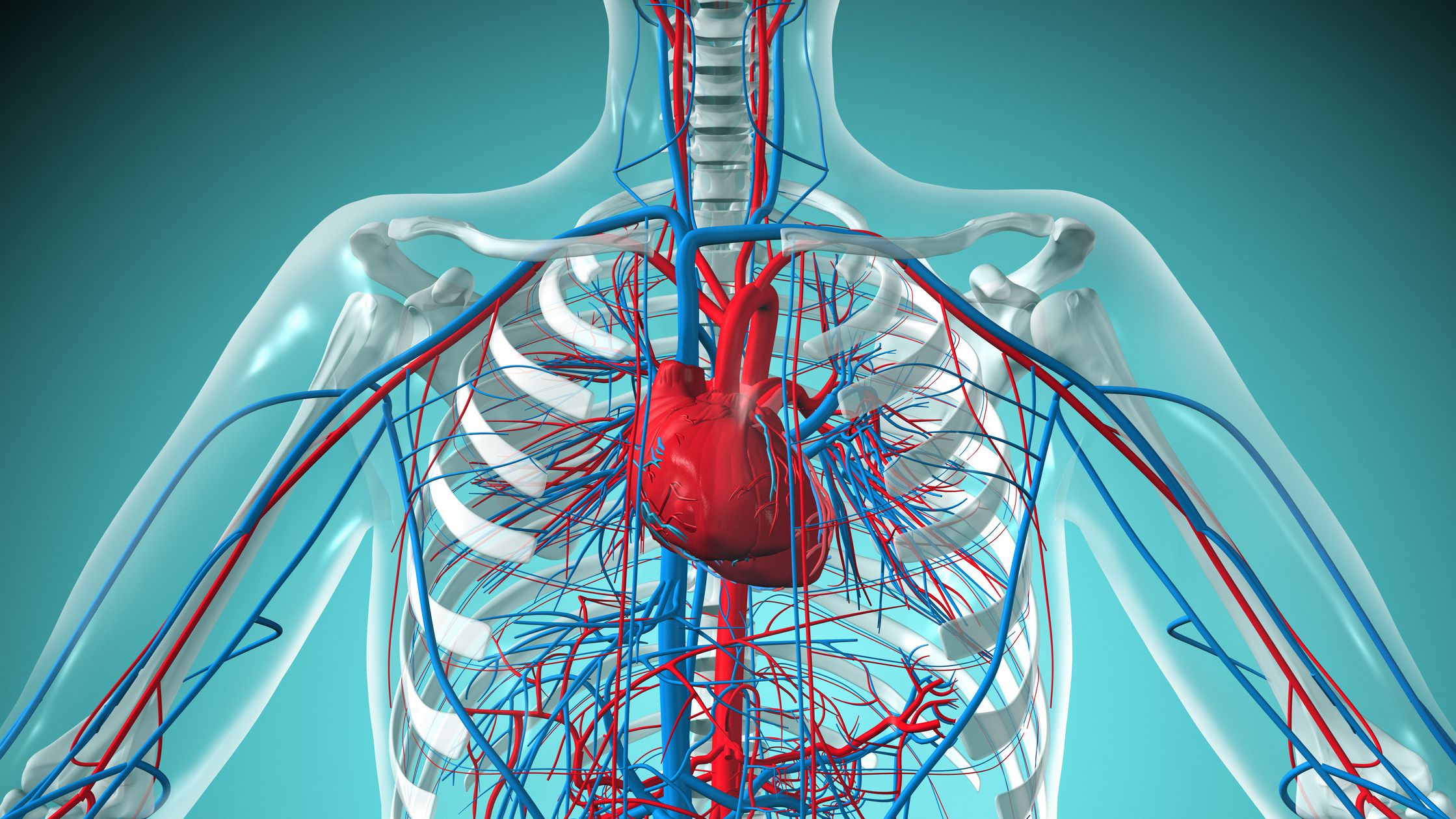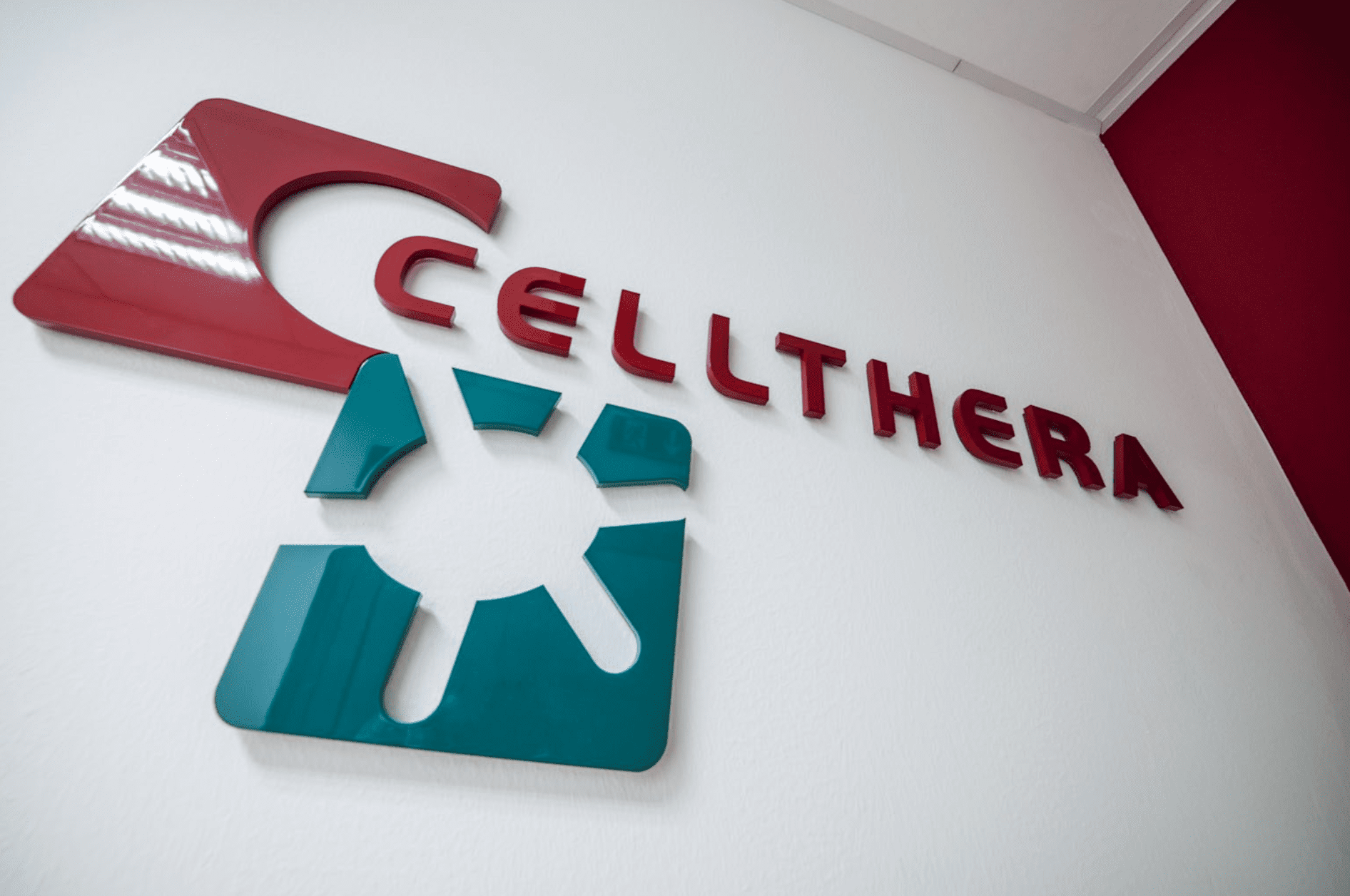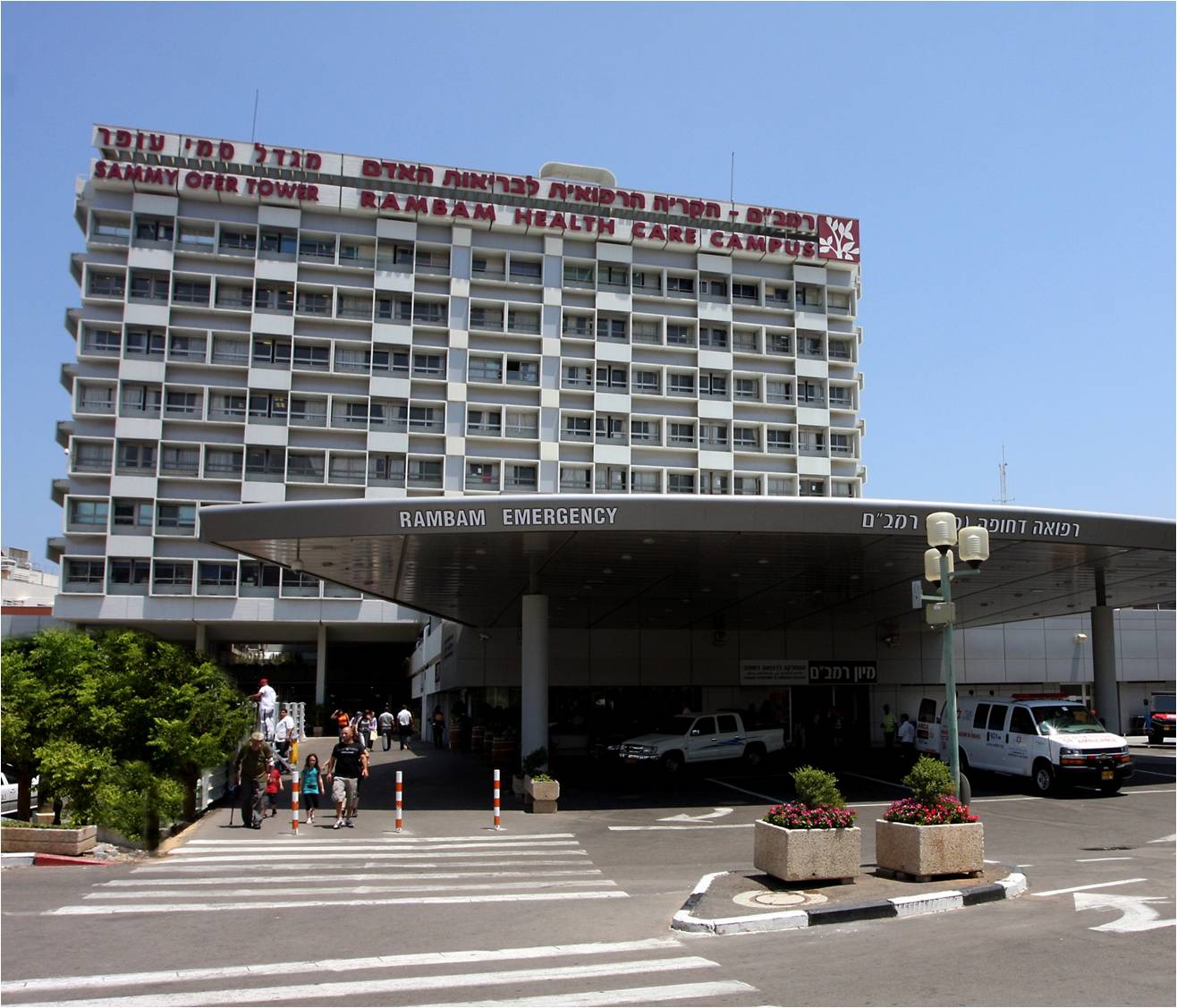Angiosarcoma of the heart is infrequently met pathology, which, according to statistics, is detected in about 10% of people suffering from cardiovascular diseases. The pathology is hard to cure, because it has an aggressive nature, and it gives a large number of metastases quickly.
What is cardiac angiosarcoma?
It appears in inner linings of blood and lymph vessels. It’s met in people belonging to the age category 40+ and rarely occurs in childhood. Formation’s growth is quite fast.
Angiosarcoma symptoms: how pathology manifests itself
A tumor onset is accompanied by slight uncomfortable feelings in the chest, due to which the presence of the disease can be mistaken for a harbinger of a cold, etc.
- Unreasonable elevated body temperature, fever.
- Fatigue and a constant weakness throughout the organism, even in absence of physical exertion.
- Pain in the chest, periodically recurring and intensifying.
- Dyspnea.
- Violation of heart rate.
- Appearance of edema in lower extremities.
What cause cardiac angiosarcoma: main factors
- It may develop as a result of cancerous growths in surrounding tissues.
- Overweight.
- Infections and inflammatories.
- Radiation.
- Alcoholic beverages abuse/
- Smoking.
Diagnosis of angiosarcoma of the heart: modern methods to detect it
In its symptomatology, pathology has similarities with how various ailments manifest themselves, for example, cardiomyopathy, pulmonary hypertension, and others. Thus, for an accurate ailment detection, the patient requires complex diagnostics. Current technological solutions provide medical experts with 99% accurate diagnostics. Examination takes up to four days, and obtaining biopsy results may take longer – about 2 weeks.
If the pathology is suspected, specialists prescribe the following medical tests:
- Ultrasound.
- MRI.
- PET-CT.
- Electrocardiography.
- X-ray.
- Angiography.
- Biological markers.
- Biopsy.
Treatment of angiosarcoma of the heart
Physicians of various specializations participate in therapies: cardiologists, chemotherapists, oncologists, etc. Many institutions have hybrid premises, where interventions are carried out under MRI/CT and intraoperative technologies control. In case it’s possible, surgical removal of cardiac angiosarcoma is carried out making tiny incisions with minimal intervention and not using heart-lung machines.
Sometimes, after operations, doctors reconstruct heart structures that’ve been damaged and partially lost their functionality.
Radiotherapy for cardiac angiosarcoma
Radio-therapy’s necessary in order to disrupt neoplasm and prevent relapse. It’s also used for people suffering from huge tumors that can’t be surgically removed in full.
Specialists use innovative upgraded facilities for radiation therapy, in particular, Elekta linear accelerators, which have specific navigation systems. Computerized mechanisms determine where the formation is located and send targeted radio beams to this place. If the tumor moves in heart contraction, rays change their directions.
Chemo- and immunotherapy
Course of chemo-therapy is provided prior to surgical manipulations to make formation smaller. It may be provided after resection to completely remove remains.
Specialists also use immunotherapy. It’s aimed at activating the immunity of patients and catalyzing the processes of fighting cancer.










